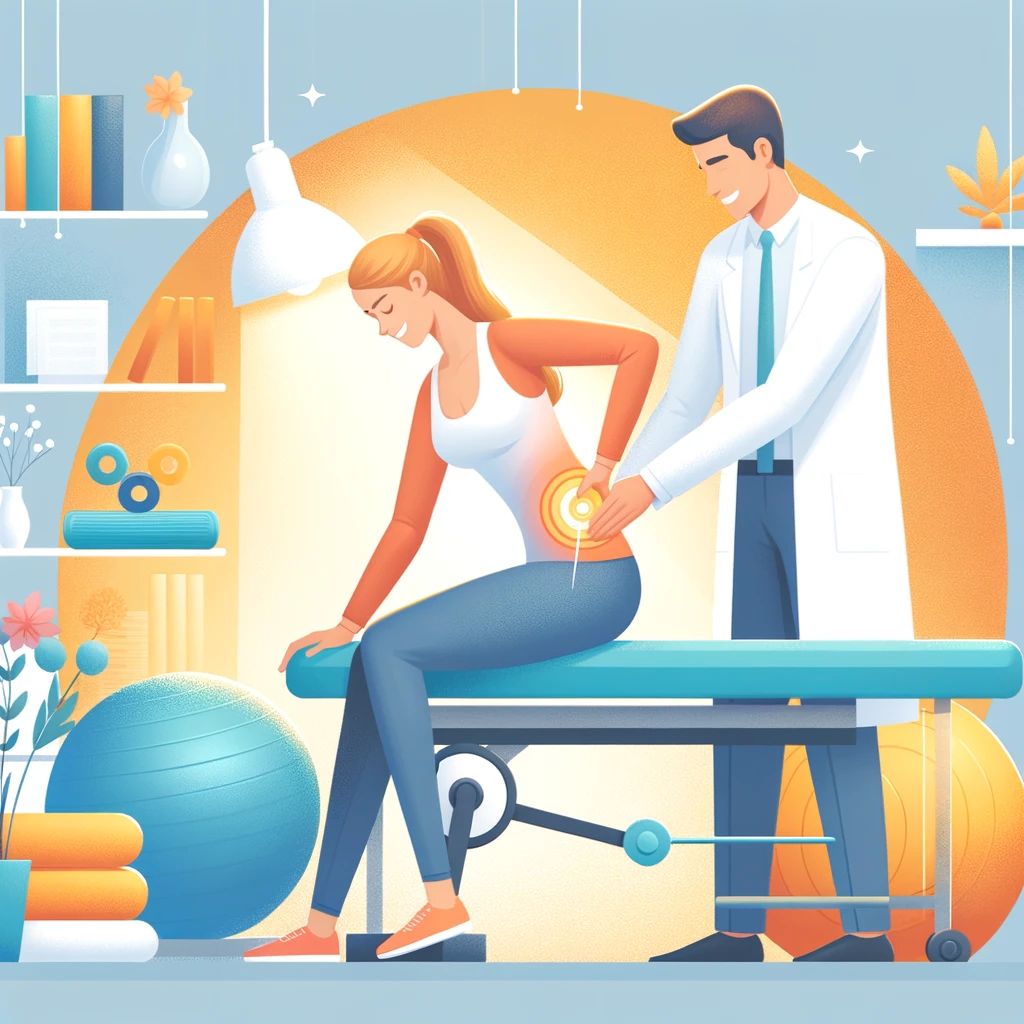
Ever feel like your body could use a little TLC but you just don’t have the time or resources to head to a physical therapist? You’re in luck! At-home physical therapy exercises can be a game-changer. Not only are they convenient, but they’re also effective in improving your overall health. Ready to transform your health from the comfort of your home? Let’s dive into these 10 amazing exercises you can start today!
Understanding Physical Therapy
What is Physical Therapy?
Physical therapy is a healthcare discipline focused on the remediation of impairments and disabilities through physical interventions. These exercises and treatments aim to restore mobility, reduce pain and improve function.
Why is it Important?
Physical therapy is crucial for recovery and prevention. Whether you’re recovering from an injury, managing a chronic condition or looking to prevent future issues, physical therapy can help you stay active and healthy.
Benefits of At-Home Physical Therapy Exercises
Convenience and Accessibility
Doing physical therapy exercises at home means you can fit them into your schedule without the hassle of commuting. Plus, you can do them anytime, anywhere.
Cost-Effective
Skip the expensive sessions! With a few basic tools and a bit of guidance, you can perform effective physical therapy exercises at home without breaking the bank.
Personalized Pace
You control the intensity and duration. This means you can listen to your body and progress at a pace that’s right for you.
Preparation Before Starting
Consulting a Professional
Before starting any exercise regimen, it’s wise to consult with a healthcare provider, especially if you have existing health conditions or concerns.
Necessary Equipment
You don’t need much to get started. Comfortable clothing, a yoga mat, and some resistance bands can go a long way.
Setting Up Your Space
Find a quiet, comfortable space in your home where you can move freely. Make sure it’s well-lit and free of any hazards.
Warm-Up Exercises
Importance of Warming Up
Warming up prepares your muscles and joints for exercise, reducing the risk of injury. It also gets your blood flowing and your heart rate up.
Simple Warm-Up Routines
- Marching in Place: Start by marching in place for a few minutes.
- Arm Circles: Rotate your arms in small circles, gradually increasing the size.
Exercise 1: Stretching
Benefits of Stretching
Stretching helps to improve flexibility, reduce muscle tension, and enhance overall mobility.
Types of Stretches
- Hamstring Stretch: Sit on the floor with one leg extended and the other bent. Reach towards your toes.
- Quadriceps Stretch: Stand on one leg, pull your other heel towards your buttocks.
- Shoulder Stretch: Pull one arm across your body and hold with the opposite arm.
Exercise 2: Strength Training
Benefits of Strength Training
Strength training builds muscle mass, improves bone density, and boosts metabolism.
Types of Strength Training Exercises
- Squats: Stand with feet shoulder-width apart, lower your hips back and down.
- Lunges: Step forward with one leg, lower your hips until both knees are bent at 90 degrees.
- Push-Ups: Start in a plank position, lower your body until your chest nearly touches the floor, then push back up.
Exercise 3: Balance Exercises
Importance of Balance
Balance exercises improve stability and coordination, which can prevent falls and enhance overall movement.
Simple Balance Exercises
- Single-Leg Stand: Stand on one leg for as long as you can.
- Heel-to-Toe Walk: Walk in a straight line, placing one foot directly in front of the other.
Exercise 4: Flexibility Exercises
Benefits of Flexibility
Flexibility exercises keep your muscles supple and joints healthy, reducing the risk of injuries.
Types of Flexibility Exercises
- Forward Bend: Stand with feet hip-width apart, bend forward from your hips and reach for your toes.
- Side Stretch: Stand with feet shoulder-width apart, reach one arm overhead and lean to the opposite side.
Exercise 5: Core Strengthening
Importance of a Strong Core
A strong core supports your spine and improves posture, reducing back pain.
Core Strengthening Exercises
- Planks: Hold a push-up position, keeping your body in a straight line.
- Bicycle Crunches: Lie on your back, lift your legs and alternate touching your elbows to the opposite knees.
Exercise 6: Cardio Exercises
Benefits of Cardio
Cardio exercises improve heart health, increase stamina, and help in weight management.
At-Home Cardio Exercises
- Jumping Jacks: Jump with your legs spreading wide and arms overhead.
- High Knees: Run in place, lifting your knees as high as possible.
Exercise 7: Yoga
Benefits of Yoga
Yoga enhances flexibility, strength, and mental clarity. It’s great for stress relief and overall wellness.
Simple Yoga Poses
- Child’s Pose: Kneel on the floor, sit back on your heels, and stretch your arms forward.
- Downward Dog: Start on all fours, lift your hips to form an inverted V.
Exercise 8: Resistance Band Exercises
Benefits of Resistance Bands
Resistance bands are versatile and provide a great way to build strength without heavy weights.
Resistance Band Workouts
- Bicep Curls: Stand on the band, hold the ends, and curl your arms upwards.
- Lateral Raises: Stand on the band, hold the ends, and lift your arms to the sides.
Exercise 9: Low-Impact Exercises
Benefits for Joint Health
Low-impact exercises are gentle on the joints and suitable for all fitness levels.
Low-Impact Workouts
- Marching in Place: A gentle way to get moving without strain.
- Gentle Arm Circles: Improve shoulder mobility and reduce stiffness.
Exercise 10: Cool Down and Relaxation
Importance of Cooling Down
Cooling down helps your body recover and prevents muscle stiffness.
Relaxation Techniques
- Deep Breathing: Sit or lie down, breathe deeply and slowly.
- Meditation: Focus on your breath and clear your mind for a few minutes.
Conclusion
Incorporating these at-home physical therapy exercises into your routine can significantly improve your health and well-being. Start with a few exercises and gradually build up as you feel more comfortable. Remember, consistency is key to seeing results. So, what are you waiting for? Get started today and transform your health from the comfort of your home!
What should I wear during exercises?
Wear comfortable, breathable clothing that allows you to move freely. Proper footwear is also important for support and safety.
How often should I do these exercises?
Aim for at least three times a week, but listen to your body and adjust as needed.
Can I do these exercises if I have a medical condition?
Always consult with your healthcare provider before starting any new exercise regimen, especially if you have pre-existing conditions.
Do I need any special equipment?
Basic equipment like a yoga mat and resistance bands can enhance your workout, but many exercises can be done with just your body weight.
What if I feel pain during exercises?
Stop immediately and consult a healthcare professional. It’s important to differentiate between normal discomfort and pain that could indicate injury.




This article really hit home for me. Thanks for writing it!